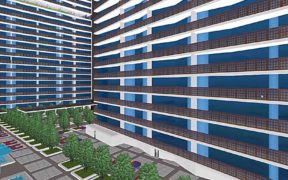Tag: Small Cells

Dense Network Architecture – Why is it Important Now and Why Should You Care?
July 24, 2018
Dense Network Architecture – Why is it Important Now and Why Should You Care? For the last 15 years iBwave has supported the majority of the carriers in the world through millions of in-building network deployments as they focused on a smooth and secure transition to the next generation of technology e.g. 3G to 4G. […]
chat_bubble0 Comment
visibility2499 Views

Convergence & Evolution in Indoor Wireless Networks
September 21, 2017
Guest Post by Dean Bubley, Disruptive Analysis It is not a new assertion that indoor wireless networks are important. The frustrations of poor indoor cellular coverage are universal, while businesses of all types need to provide employees and guests with high-quality Wi-Fi. Various solutions abound for providing good signal indoors – distributed antenna systems (DAS), […]
chat_bubble0 Comment
visibility2986 Views

